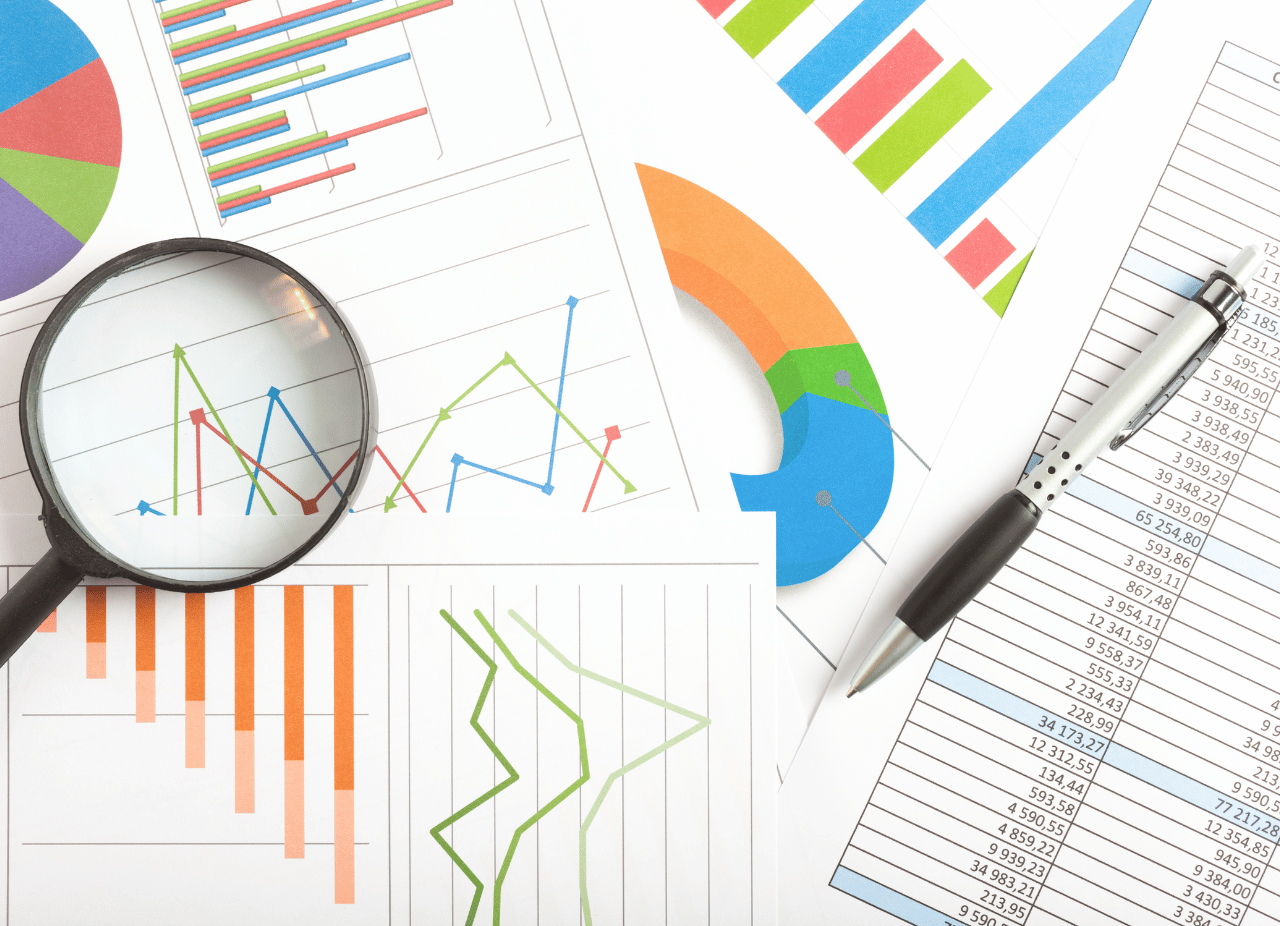
How to Use Data Analytics to Drive Better Business Insights
What Can Big Data Achieve?
The key to using big data is understanding what it can help your business achieve. While big data is frequently associated with marketing and e-commerce, it’s a mistake to believe that data is restricted to just those sectors.
Businesses across industries can benefit from data with proper analysis enabling a company to stand out from the competition. Such practices may also detect potential errors before they occur or prevent fraud, particularly in the pharma or finance sectors.
For e-commerce companies—such as Amazon— the strategy is to use data to their advantage. By evaluating the browsing behavior of their users, these companies better understand the needs and habits of their shoppers.
This information then helps businesses maximize their profits. It also enables the company to promote products online that specific users will be more likely to order and purchase.
What Do You Need to Understand About Data?
Before a company begins to collect large amounts of data, it is important to formulate a long-term plan and goal. Storing data can be costly and analyzing the information even more so.
Therefore, it is important to identify your company’s goals for the data ahead of time (use this target and KPI toolkit to help you do this). Ask questions such as
- What data sources do you currently have and how are you currently using data?
- What data do you have and want access to?
- What do you wish to get from your data? For example, do you want to learn more about your clients, or are you taking precautionary measures to prevent fraud?
- Do you have business objectives in place and do they match your big data strategy?
Once you have established the purpose of your data, you should create a roadmap that shows the gaps in your business and technology needs. These six steps should help you use data to drive the needs of your business.
1. Data Collection
Figure out how your business intends to collect consumer data. The possibilities are nearly endless.
There are several channels for data collection which include:
- Social media networks such as Facebook and Twitter
- Search engine data e.g. Google Analytics
- Surveys
- Transactional tracking (e.g. past purchases)
- Lead generation forms
- Sign-ups or free trials
- Online or website tracking
- Customer journey or user observation
Keep in mind there are different types of data from first-party (consensual data such as an email address) to third-party data (cookies from external websites being phased out by Google in 2024).
By : Vayxi


